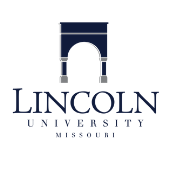Farmer's Agribusiness Training Course: Module 4 - ICT in Support of Farming. Lesson 3 : Record Keeping II
(View Complete Item Description)This Farmers' Agribusiness training course has been developed to help both farmers and farmer organisations. Its intention is to provide access to provide access to additional skills and knowledge that will allow farmers to move from a 'farm' to a 'firm'. This lesson provides information on what farming activities could be considered 'Enterprises' and incorporated into an Enterprise Accounting spreadsheet, how to use functions to calculate totals and averages within the spreadsheet program, customise formula using a spreadsheet program and how to customise the Enterprise accounting template.
Material Type: Textbook




















